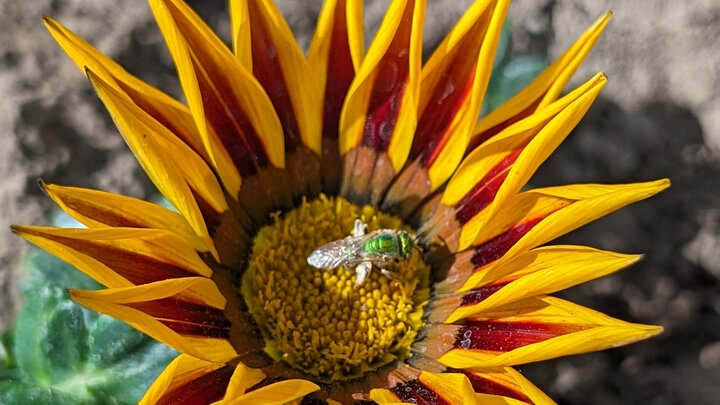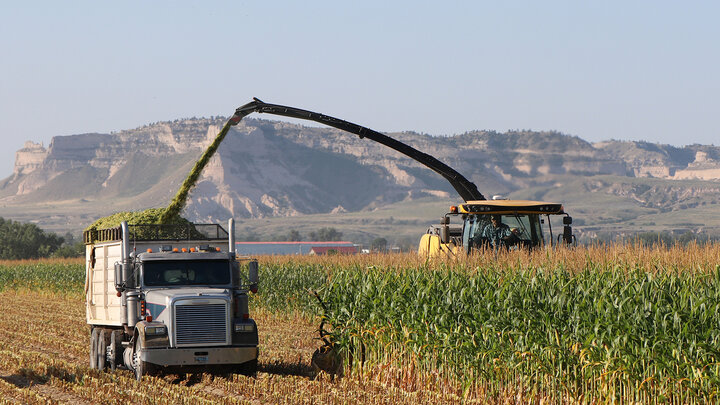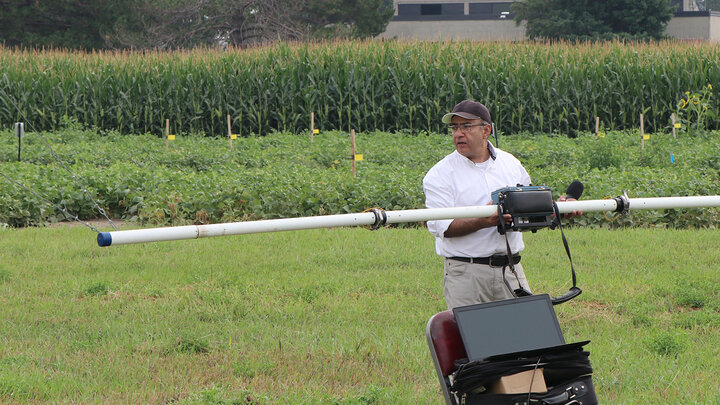A garden is not just a collection of plants. It's an ecosystem, a dynamic community of living organisms interacting with their environment. In a garden ecosystem, plants, insects, soil
microbes, birds, fungi, and even humans form relationships that influence each other's health and function. Begin with your plant selection, which should be guided by environmental compatibility. Each species has specific requirements for sunlight, soil texture, moisture, and pH. Installing a full-sun plant in shade, or a drought-tolerant species in saturated soil, leads to stress, poor performance, and increased susceptibility to disease and pests. Use hardiness zone maps and extension-recommended cultivar lists to guide your choices.
Choosing the correct plants can help maintain a healthy, biodiverse, resilient, and self-regulating ecosystem. Incorporating native plants, reducing chemical inputs, and encouraging predators of pests helps maintain ecological balance. Soil health, organic matter, and proper plant spacing also support this balance. When gardeners understand their role as ecosystem stewards, the garden becomes more sustainable, productive, and beautiful.
Once your plants are settled. Proper irrigation is crucial for maintaining plant health and preventing disease. Heavy infrequent waterings encourage roots to grow deeper, while light frequent waterings encourage roots to remain near the soil surface. Watering in the early morning reduces evaporative loss, ensures water reaches the root zone, and allows foliage to dry quickly, thereby limiting conditions favorable to pathogens such as Botrytis cinerea or powdery mildew. In contrast, evening watering leaves foliage wet overnight, promoting fungal growth and root diseases such as Pythium and Phytophthora. Consider using drip irrigation or soaker hoses to target the root zone efficiently, thereby reducing water waste. Overwatering leads to anaerobic conditions, which inhibit root respiration and promote decay.
Another part of your garden's ecosystem includes insects. Some are harmful to your garden but many are vital components of natural pest control. Beneficial insects, such as lady beetles (Coccinellidae) and green lacewings (Chrysopidae), prey on soft-bodied pests like aphids, caterpillars, and whiteflies. Spraying broad-spectrum insecticides can eliminate both pests and beneficials, disrupting biological control and leading to population rebounds of resistant pests. Instead, consider supporting beneficial insects by planting native flowers or nectar-rich flowers, minimizing pesticide use.
Moving into the yard, conventional turf grass lawns often require high inputs of water, fertilizer, and mowing, especially in arid or nutrient-poor regions. Consider replacing portions of your lawn with warm-season buffalograss (Bouteloua dactyloides), which needs less water and fertilizer. For a more natural aesthetic, consider incorporating native plants and flowers, or opt for xeriscaping with drought-tolerant species. These options reduce irrigation needs, support pollinators, and lower your carbon footprint. A green lawn doesn't have to be resource-intensive. Grow smarter, not harder.




